Growing Mint Indoors

The Pros and Cons of Growing Mint Indoors
Herbs really grow best in the full sun, but some herbs such as mint, will tolerate some shade and therefore can be grown indoors throughout the year. This is a big bonus if you like using mint in your recipes – you’ll always have a supply of your favorite herb to hand.
The down-side of growing mint indoors is that it won’t flourish as well as it does outdoors, and will really need to be replaced each year. This isn’t a great problem though. You can propagate your mint by taking cuttings of existing plants. Alternatively grow your mint from seed each year.
Four Steps to Successful Indoor Mint Growing
The rest of this article outlines four steps or stages that you should follow if you want to be successful growing mint indoors:
- Choose the Growing Location
- Purchase a Suitable Pot
- Create a Good Growing Environment
- Nurture and Feed Your Mint Regularly
Choose a Suitable Location
Although mint will accept a measure of shade, find a place where there’s as much sun as possible. Also, make sure that there’s some ventilation available, especially on a very hot days. Herbs like mint enjoy a cool breeze in the summer.
Choose a Suitable Pot
Choose a pot that will enable you to accommodate several mint plants when you’re growing mint indoors. I suggest buying several varieties of mint (see below). A circular pot of 12 inches in diameter will hold around five or six plants. The pot should have drainage holes in the bottom and be placed in a tray which can be kept topped-up regularly with water. You can improve the appearance of the tray by filling it with pebbles if you wish.
Create a Good Growing Environment
Fill your chosen pot with good quality potting compost. Try and buy compost that has added nutrient to give your mint a “growth boost”. Alternatively you add nutrient granules to a basic compost (mix both of these together thoroughly before planting).
If the indoor container you’ve chosen is just for mint get hold of (or grow) several mint varieties. In this way you’ll not only get the nice smell of mint in your indoor container, but also a display of different color leaves and flowers.
When selecting the mint varieties for growing mint indoors I suggest you consider corsican mint, spearmint, pineapple mint, chocolate mint, ginger mint, catmint, pennyroyal, lemon mint and wild mint. You might need to carry out a little research on the main uses for each of these mints
Nurture and Feed Your Mint Regularly
Once planted, keep your mint plants well-watered at all times. Mint likes a wet soil. However, during the winter when the mint is not growing fast, don’t water quite so much. You can allow the soil to go moderately dry between each new batch of water.
As well as keeping your mint well-watered you must also be sure feed your mint regularly with nutrient during the summer, but ease off with the feeding over the winter months.
The Enjoyment of Growing Mint Indoors
Growing mint indoors is definitely worthwhile if you are a big user of mint. When you are growing mint indoors you can use your fresh mint throughout the year in recipes, in drinks and for medicinal purposes, without having to dry and store the mint leaves over the winter.
You might like to try growing other herbs such as Spanish thyme and Indian borage indoors. Both of these can cope with a certain amount of shade and therefore are suitable for indoor growing.
The Author:

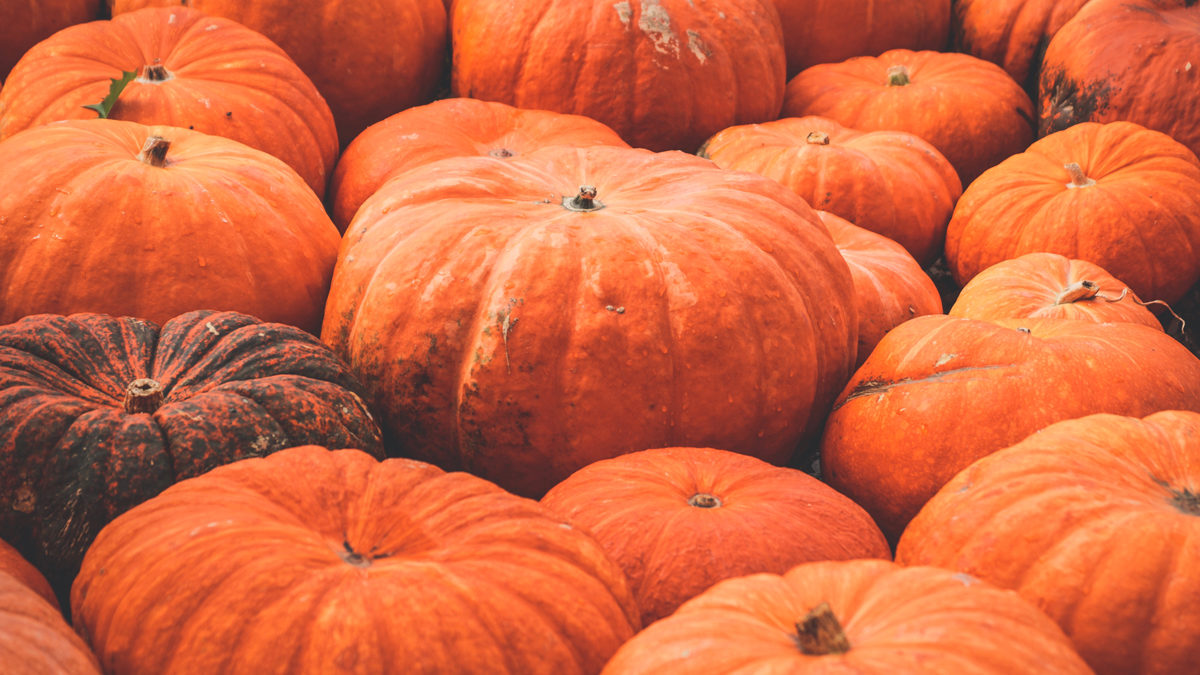
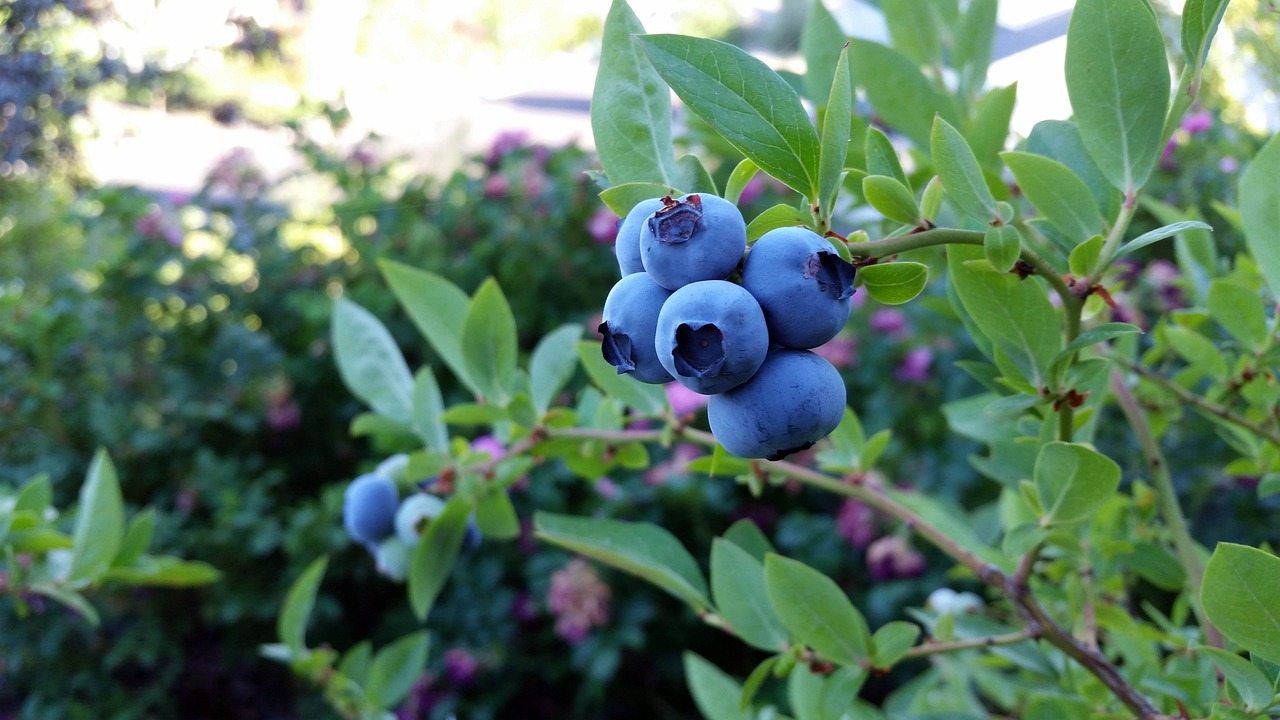
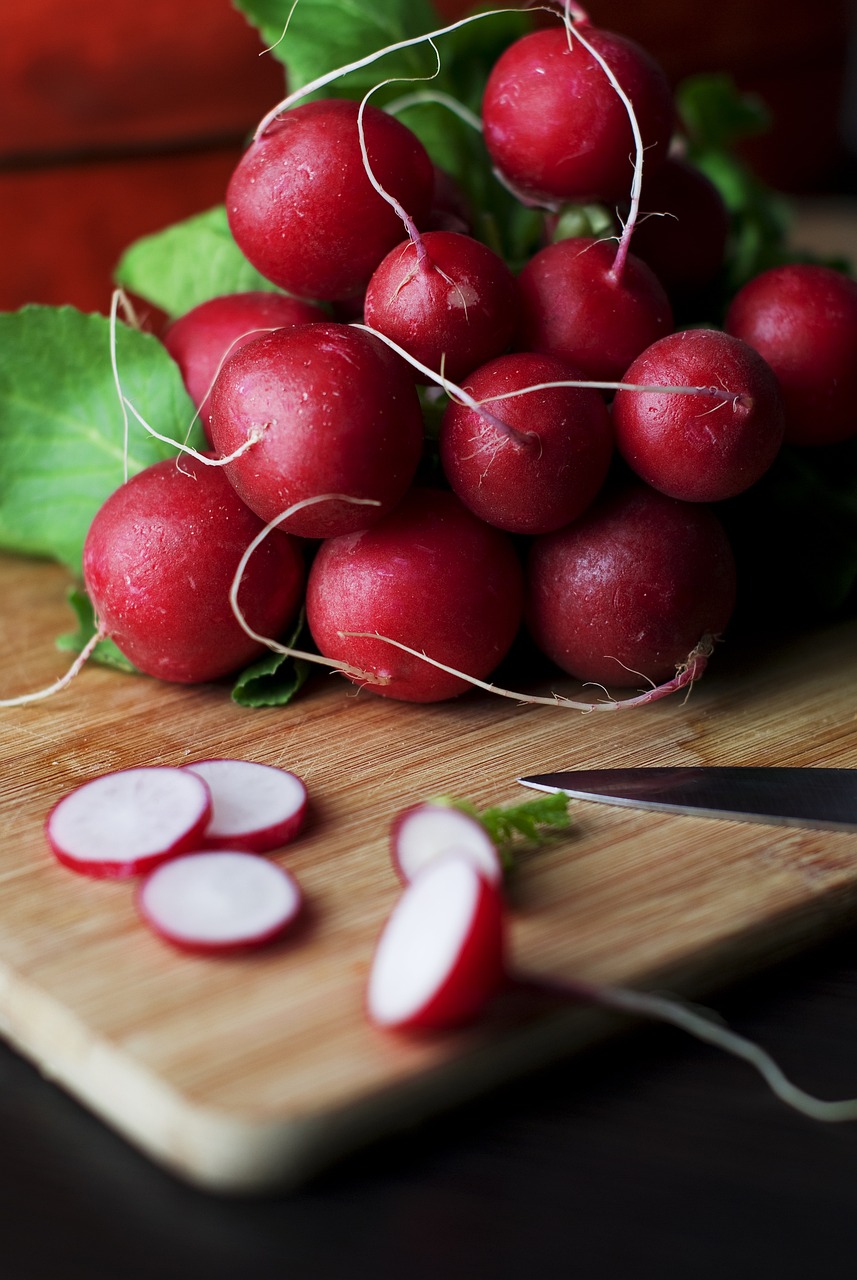
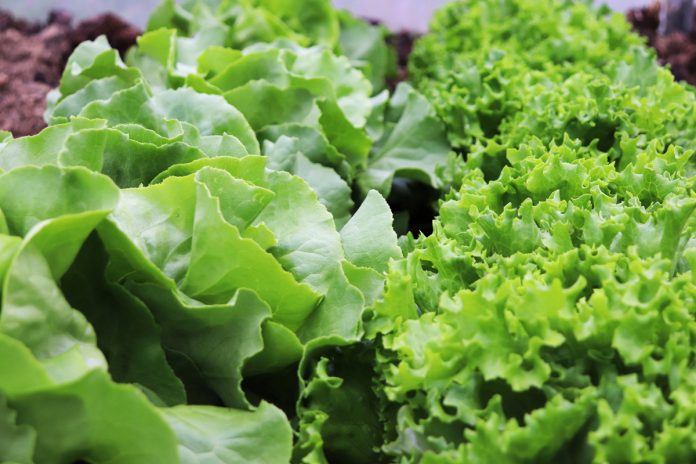
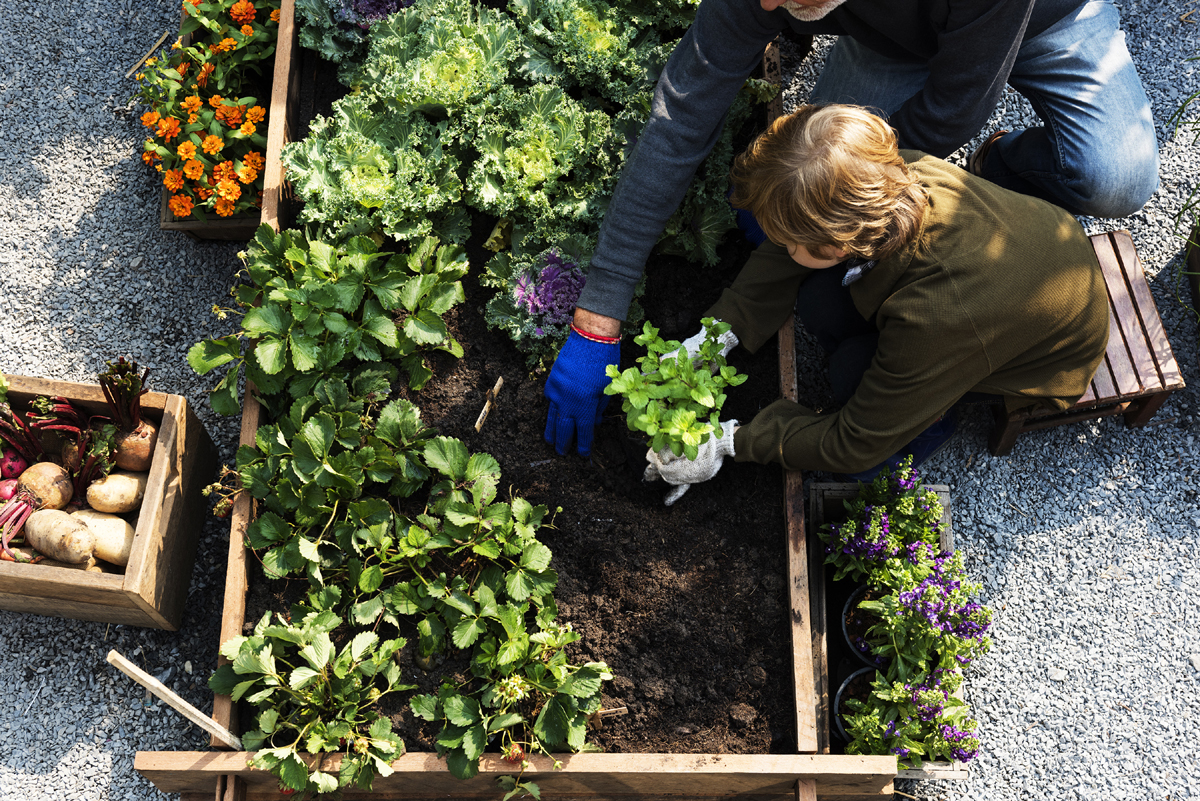

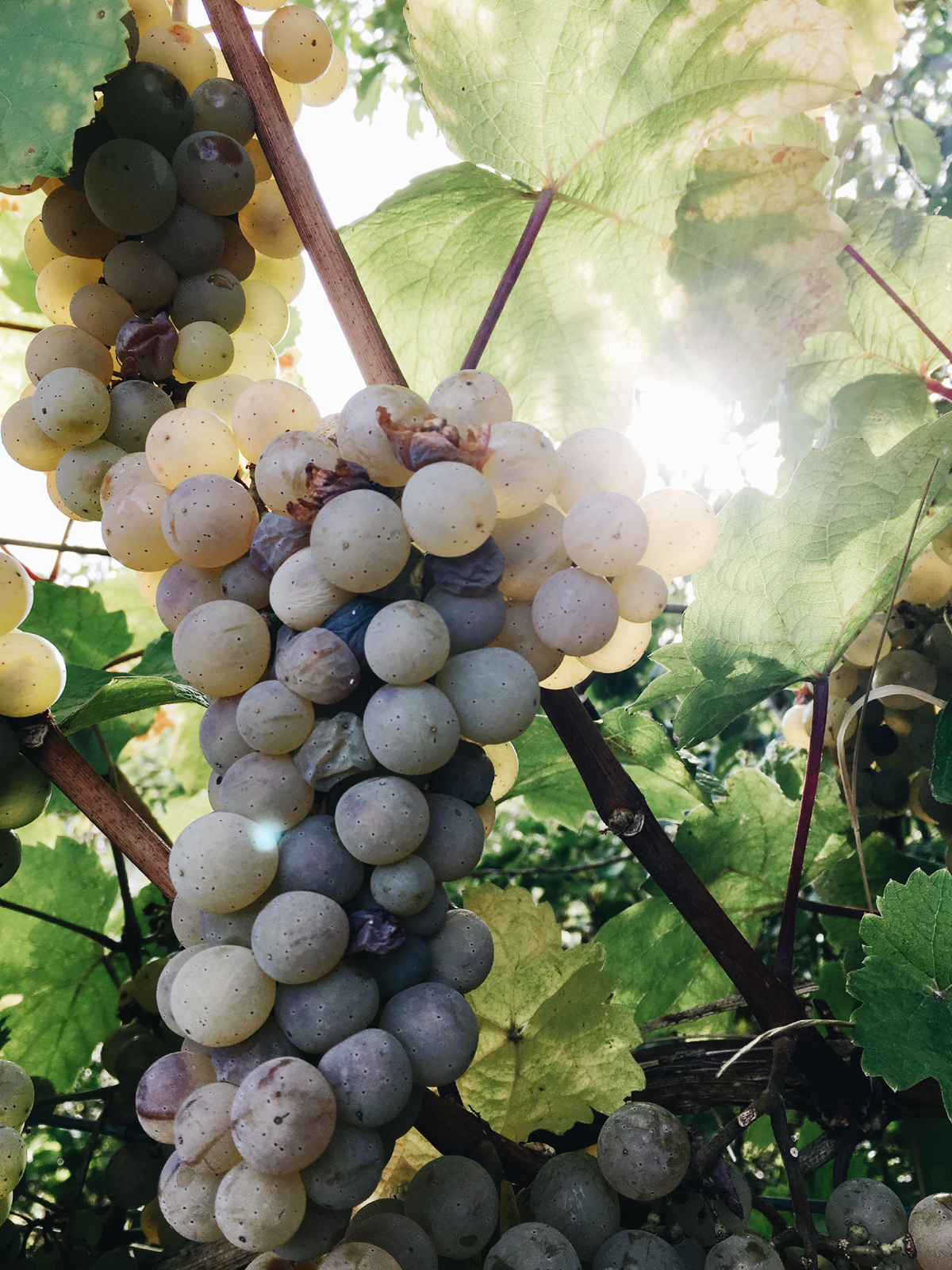
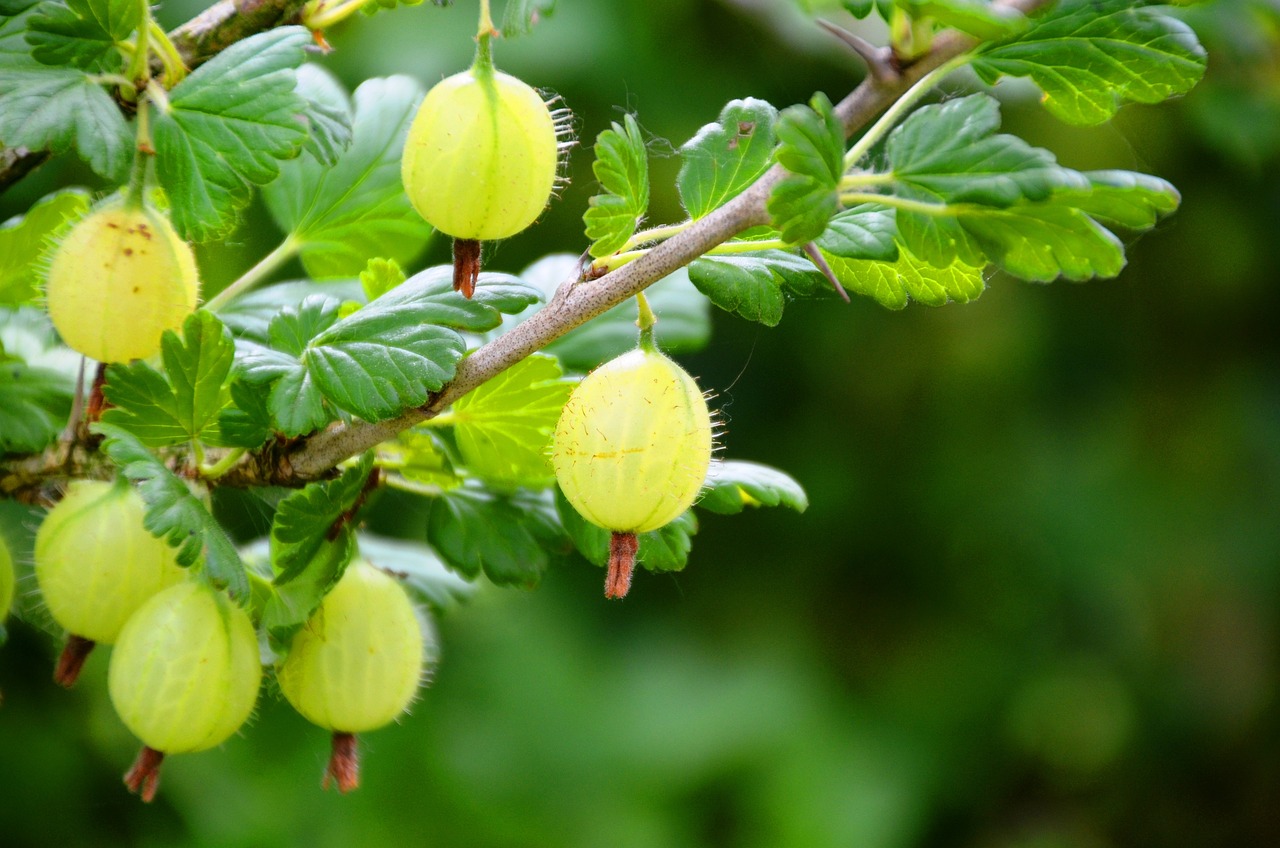
I’ve tried to grow a mint plant and it was going really well but unfortunately my cat had other plans – dirt and green parts everywhere. It was a long day cleaning the house. Now I will be a bit more careful where I leave my plants 😀
Oh no, that must have been quite a surprise to come home to! Cats can be mischievous sometimes. It’s definitely a good idea to be cautious about where you place your plants, especially if you have curious pets around. Perhaps consider finding a spot that is out of your cat’s reach, like a high shelf or a room they don’t have access to. Additionally, there are some techniques you can try to deter your cat from damaging your plants, such as using citrus peels or placing stone mulch on top of the soil to make it less appealing to them. Good luck with your future mint-growing endeavors, and may your cat stick to more appropriate playtime activities! 🙂